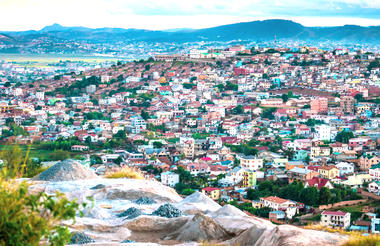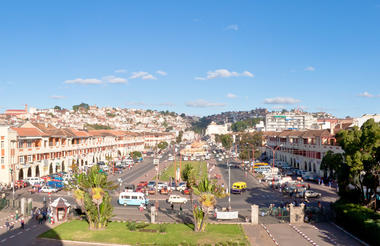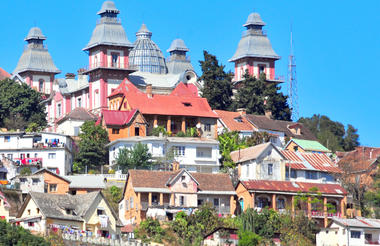Evolution has occurred more or less in isolation on this remote island – located 400 kilometres off Africa’s east coast – with the result that much of its indigenous wildlife is found nowhere else on earth. Madagascar’s menagerie of weird and wonderful creatures includes the world’s biggest and smallest chameleons and over 70 species of lemur – long-tailed primates endemic to the island. The Madagascan landscape is no less compelling than the resident wildlife, with terrain ranging from lush jungles and palm-fringed beaches to the knife-edged karst tsingys of the Tsingy de Bemaraha National Park’s ‘stone forests’. Madagascar is an otherworldly paradise where visitors are offered a unique glimpse into a fantastical one-of-a-kind world.
Antananarivo, also known as Tana, is Madagascar’s capital city. It is perched at 1400 metres above sea level crowning a spectacular mountain range. Founded in 1625, Antananarivo, often considered only as a starting point to the South, North, East and West regions, Antananarivo still has a rich historical heritage that is complemented by scenic landscapes covered in a large network of popular hiking routes.
Known for its vibrant nightlife, Antananarivo features local live music at a variety of clubs and bars.
The city is divided into 3 parts, the upper, middle and lower city. The upper town is the most visited part with its Rova or Queen's Palace which dominates the whole city and offers an exceptional panorama. Another curiosity not to be missed is the large market of Tana or Zoma located in the lower town and whose scents and colours will delight you.
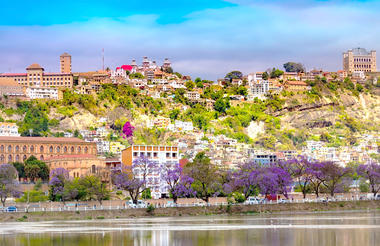
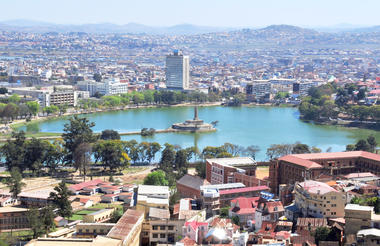
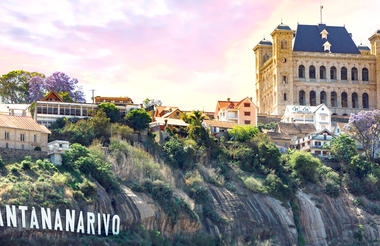
Perched in the Central Highlands, Antsirabe serves as the capital of the Vakinankaratra Region. Known as the ‘Malagasy Vichy’ because of its numerous hot springs and thermal baths, Madagascar’s third largest city offers tourists a bustling and gritty atmosphere in a setting reminiscent of the Belle Epoque. The city can be experienced on foot or on one of the many colourful pulled rickshaws - referred to locally as 'pousse-pousses'. The city’s charming attractions include French colonial buildings dating back to the early 20th century, Scandinavian villas, vibrant markets, and artisan workshops. Nno visit is complete without a trip up Ivohitra Hill, where a panoramic view of the scenic highlands awaits.



The lush, hilly town of Miandrivazo is found in the district of the same name, towards the centre of the island. This is said to be the hottest region in Madagascar, making breezy boat trips on a pirogue or motorboat, down the nearby Tsiribihina River, the area’s most popular activity. The journey offers great opportunities to view birds and wildlife including lemurs swinging through the trees and crocodiles lurking silently in the shallows. Visitors can catch glimpses of daily local life in villages nestled on the river bank and visit a beautiful waterfall at Anosin’ Ampela.
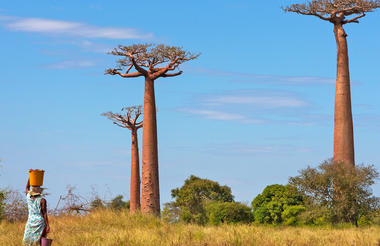
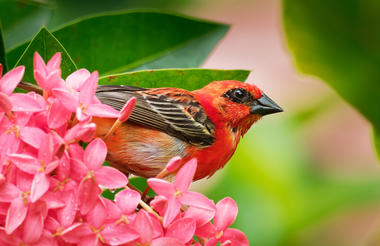

The Tsiribihina River winds through the Tsingy de Bemaraha National Park in western Madagascar and offers a variety of incredible outdoor experiences along its banks. Three- to five-day tours along the water are popular, with traditional canoes, modern kayaks and rafts, or larger river boasts that have onboard facilities. Surrounded by the UNESCO-listed park, home to incredible geological sites, diverse flora, and mangrove forests, the river and its surrounding area constitute one of Madagascar’s top wilderness destinations. Visitors can camp under clear starry skies, take showers in the waterfalls, and see a variety of astonishing birdlife. Don’t miss the opportunity to walk through the Avenue of the Baobabs, some of which are thought to be as old as 2800 years and include the legendary ‘pair of lovers’ - two trees intertwined over hundreds of years.
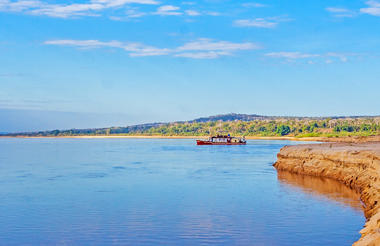
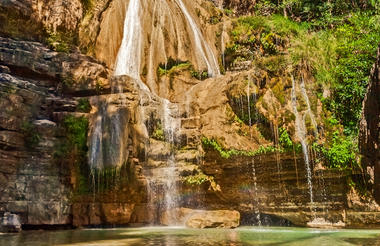
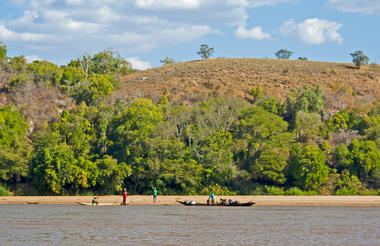
As previously described
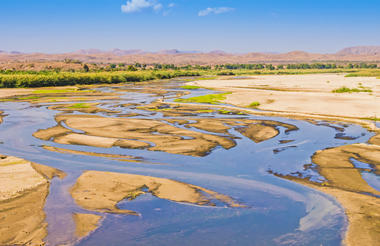
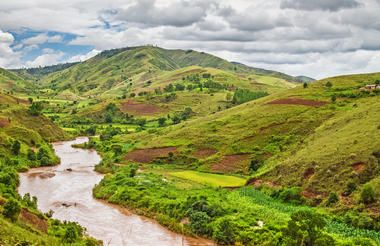
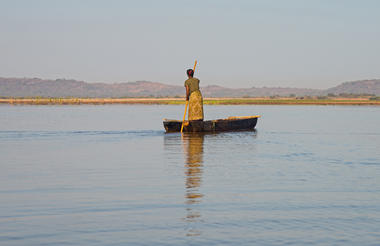
Set close to the southern boundary of the Tsingy of Bemaraha National Park, the town of Bekopaka lies in the district of Antsalova, Madagascar. It offers visitors a host of comfortable accommodation options and serves as an excellent base for exploring the spectacular Tsingy of Bemaraha National Park, a world-renowned UNESCO World Heritage Site. The park is known for its unique geology boasting forests of ‘tsingy’, which are spiky limestone karsts creating an otherworldly landscape for visitors to discover. Other attractions include the park’s untouched woodlands, mangroves and glistening lakes abundant with an array of wildlife such as the endemic lemur and almost 100 different bird species.


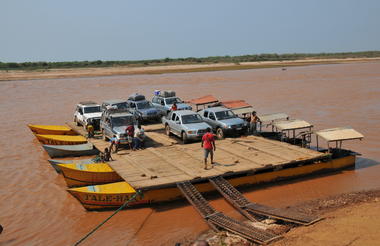
As previously described



As previously described

The seaside town of Morondova is situated on the west coast of Madagascar. The town serves as a gateway to the area’s claim to fame and main attraction: the world-renowned ‘Avenue of the Baobabs’. These massive, ancient Baobab trees tower over the terrain and create magical otherworldly silhouettes at sunrise and sunset. Other places to explore in the surrounding area include: Kirindy Forest, home to a host of endemic lemurs; and the magnificent Tsingy de Bemaraha National Park to the north, featuring unique, spiny rock formations. Don’t miss the opportunity to browse Morondava’s local market for a selection of locally made textiles and other sought-after Madagascan handicrafts.



The remote village of Belo Sur Mer is set on a scenic peninsula in Madagascar. Belo Sur Mer also refers to the surrounding commune in the district of Morondava. The village fringes a small tranquil lagoon and is completely cut off from the mainland during the rainy season. Belo Sur Mer is a regional shipbuilding centre and one of Madagascar’s main salt-producing areas. Visitors can look forward to viewing the traditional, centuries-old construction techniques used to build the local dhow boats on the beach, snorkelling through the beautiful translucent turquoise waters, and exploring the pristine beaches, glistening lakes and baobab forests of the nearby Kirindy Mitea National Park. Don’t miss the opportunity to catch a spectacular sunset over the Mozambique Channel and explore the surrounding mangrove swamps home to a variety of wildlife, including flamingos and lemurs.
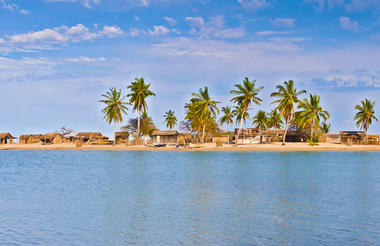
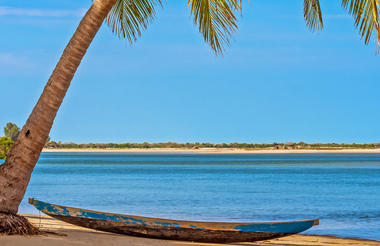
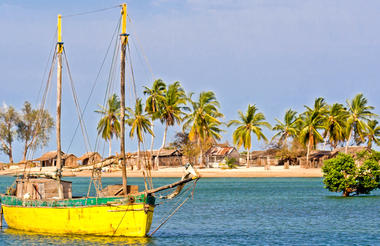
As previously described
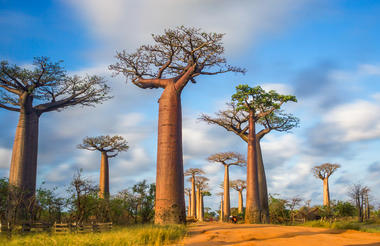
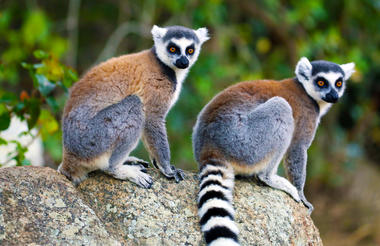
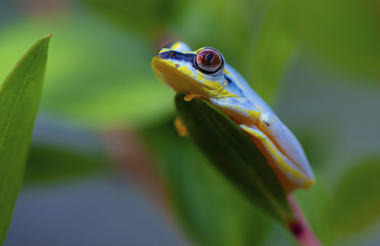
As previously described



As previously described



As previously described
